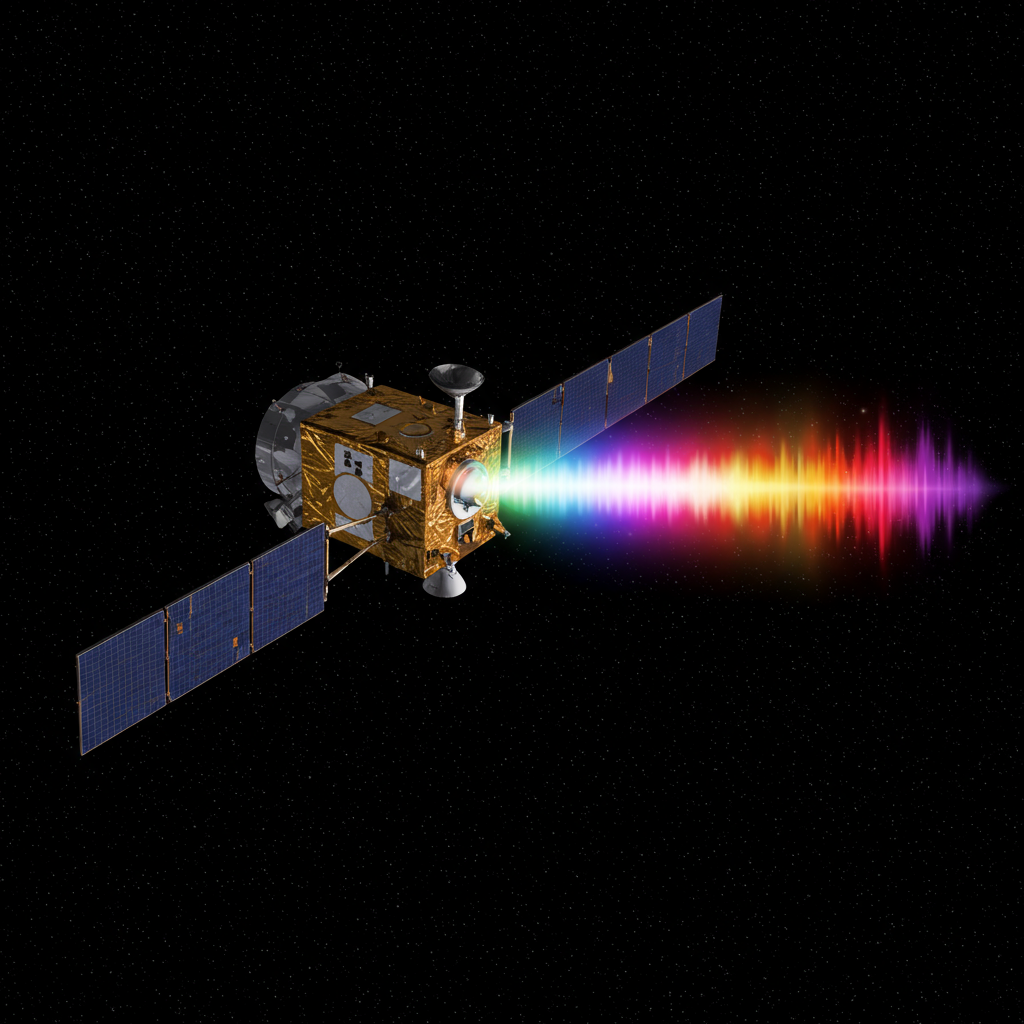Zombie Satellite Wakes Up: Powerful Radio Signal Detected from NASA’s Long-Dead Relay 2
A puzzling and incredibly powerful burst of radio waves, initially resembling a signal from deep space, has been traced to a deeply unexpected source: a defunct NASA satellite that has been drifting silently in Earth orbit for nearly 60 years.
The event highlights a growing challenge for astronomers and underscores the potential hazards posed by the increasing amount of human-made objects orbiting our planet.
The Unexpected Discovery
On June 13, 2024, astronomers using the Australian Square Kilometer Array Pathfinder (ASKAP) radio telescope array detected an extremely short and intense pulse of electromagnetic radiation. These signals, known as fast radio bursts (FRBs), are typically fleeting, powerful blasts of energy originating from distant galaxies, often millions or even billions of light-years away. They are usually associated with extreme astrophysical phenomena and are not thought to be technological in origin.
However, this particular pulse was unique. It lasted for an astonishingly brief time, estimated at less than 30 nanoseconds, yet it was incredibly bright, momentarily outshining everything else in the sky. Initially, researchers were excited, thinking they might have discovered a new type of cosmic object, perhaps a pulsar or a new FRB source.
Tracing the Source: Closer Than Expected
Further analysis of the data quickly revealed that this signal was not from across the cosmos. Its characteristics, particularly a lack of dispersion typically seen in signals traveling vast distances through space, indicated a source much, much closer to home.
Using near-field time delay analysis and orbital tracking data (matching the signal’s time and position to objects in Earth orbit), the research team successfully pinpointed the source to NASA’s Relay 2 satellite. This experimental communications satellite, launched in 1964, ceased operations in 1967 after its transponders failed and had been effectively silent ever since – nearly 60 years of dormancy. At the time of the burst, Relay 2 was located approximately 4,500 kilometers from Earth.
The proximity was so unusual that the ASKAP array, designed to focus on distant objects, even struggled initially to pinpoint the source precisely.
What Caused the Pulse?
The mystery then became: how could a satellite that has been dead and drifting for decades suddenly emit such a powerful radio signal? Researchers ruled out simple explanations like reflected sunlight, which doesn’t match the short duration and frequency of the detected pulse.
Two primary hypotheses have been proposed for the unexpected “voice” of Relay 2:
- Electrostatic Discharge (ESD): This is considered the leading explanation. As satellites move through Earth’s geomagnetic environment, they can accumulate static electrical charge on their surfaces or internal components, especially in regions like the Van Allen radiation belts where Relay 2 orbits. When sufficient voltage builds up, this charge can suddenly release as a powerful discharge, generating radio waves. The researchers suggest that Relay 2, as an early spacecraft potentially built with materials more prone to charge accumulation, might experience stronger ESD events compared to modern satellites. Similar, though much longer, signals attributed to electrostatic discharges have been detected from GPS satellites by observatories like the now-decommissioned Arecibo telescope.
- Micrometeoroid Impact: Another possibility is that the satellite was struck by a tiny piece of space rock or orbital debris (a micrometeoroid). Such an impact could generate a cloud of plasma, alter the electrical properties of the satellite’s surface or surrounding space, or even trigger rapid discharges across damaged areas, potentially producing a radio pulse. However, statistical estimates suggest the probability of a micrometeoroid impact occurring precisely when Relay 2 was being observed by ASKAP is low, making this hypothesis less likely than ESD.
While definitively distinguishing between the two possibilities based solely on the radio signal characteristics is difficult, the electrostatic discharge explanation is favored by the research team.
Implications for Space
The detection of this pulse from Relay 2, detailed in research accepted for publication in The Astrophysical Journal Letters, carries significant implications for both astronomy and space safety.
Astrophysical “False Positives”: This event demonstrates that inactive or damaged human-made objects in Earth orbit can produce powerful, short-duration radio signals that mimic cosmic phenomena like genuine fast radio bursts or signals from high-energy particle events. This highlights the increasing importance for astronomers to be able to identify and filter out these “anthropogenic signals” to avoid false positives in their search for true cosmic transients.
Satellite Safety and Monitoring: Electrostatic discharges are a known hazard to operational spacecraft, potentially causing damage or disrupting systems. The ability to remotely detect these events from the ground using radio telescopes like ASKAP offers a valuable new technique for monitoring satellite health, assessing the risks posed by ESD, and potentially understanding the space environment better. This is particularly relevant with the growing amount of space debris and the proliferation of smaller, less protected satellites in orbit.
The unexpected radio burst from the silent Relay 2 satellite serves as a potent reminder of the complex and increasingly crowded nature of Earth’s orbital environment, revealing new sources of signals that challenge our understanding of both the cosmos and our own space presence. It also opens new avenues for research into remotely sensing potential threats to spacecraft.




